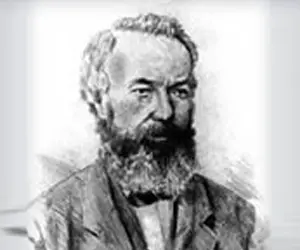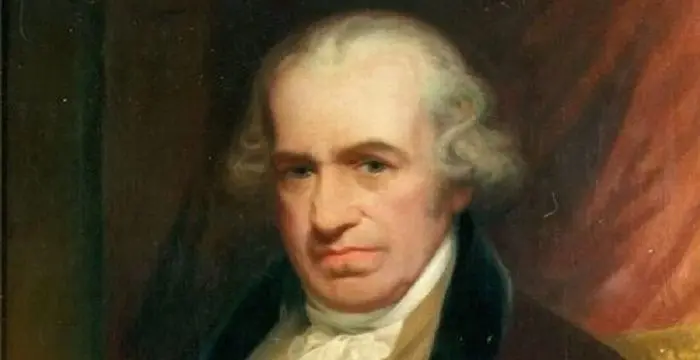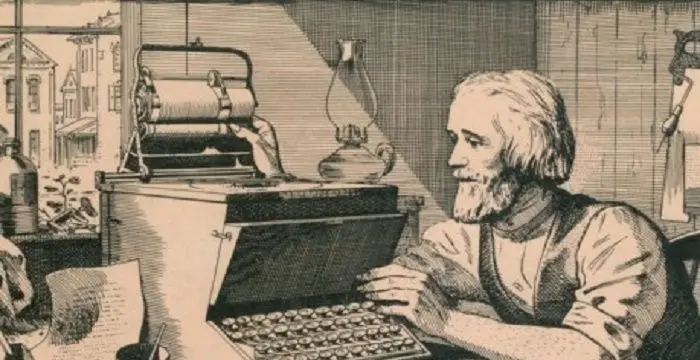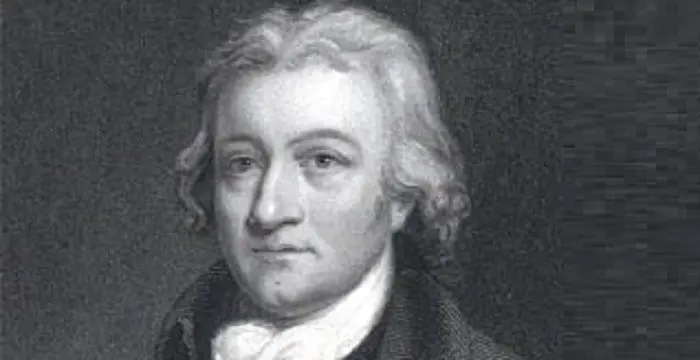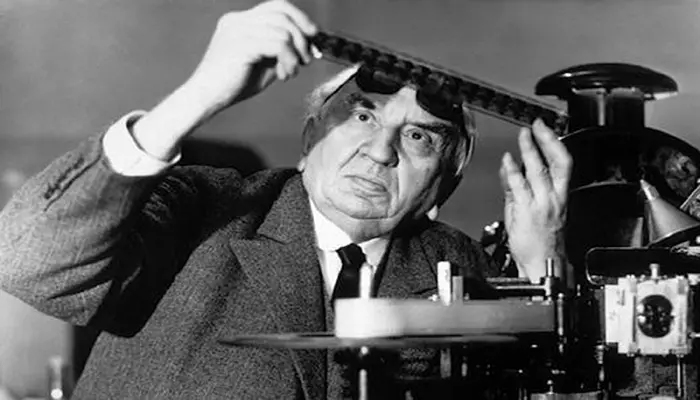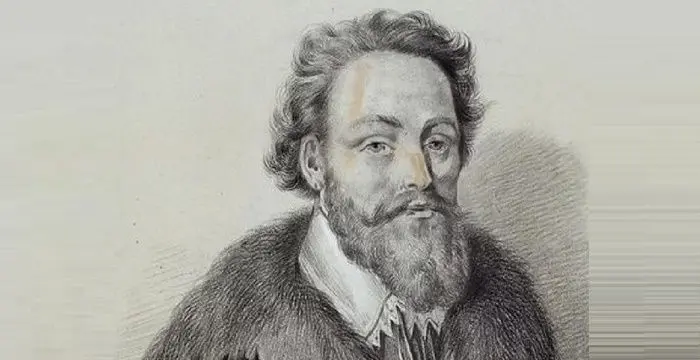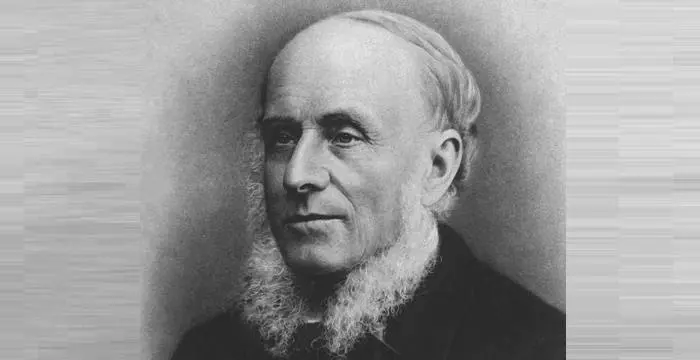
Alexander Bain - Discoverers, Career and Childhood
Alexander Bain's Personal Details
Alexander Bain was a well known inventor and engineer of Scottish origin
| Information | Detail |
|---|---|
| Birthday | October 1, 1811 |
| Died on | January 2, 1877 |
| Nationality | Scottish |
| Famous | Inventors & Discoverers, Discoverers, Inventor of Electric Clock, Scottish Inventors, Scottish Men |
| Siblings | Margaret |
| Discoveries / Inventions |
|
| Birth Place | Watten |
| Gender | Male |
| Sun Sign | Libra |
| Born in | Watten |
| Famous as | Inventor of Electric Clock |
| Died at Age | 65 |
// Famous Scottish Men
John Muir
John Muir was a famous American naturalist, author and an advocate of wildlife preservation. This biography offers detailed information about his childhood, life, works, achievements and timeline.
Thomas Doherty
Thomas Doherty is a Scottish actor known for his role in Disney's ‘Descendants 2.’ Check out this biography to know about his childhood, family life, achievements and fun facts about him.
Connor Ball
Connor Ball is an Scottish bassist and a member of the band 'The Vamps'. Check out this biography to know about his birthday, childhood, family life, achievements, and fun facts about him.
Alexander Bain's photo
Who is Alexander Bain?
Alexander Bain was a renowned inventor and clockmaker, who invented many instruments including the electric clock, chemical telegraph receivers, punch-tapes and the facsimile machine, commonly known as the ‘fax machine’. His other inventions include an earth battery, insulation for electric cables, an electric fire alarm, inkstands, ink holders and a ship’s log. He owned the patents of all of his inventions. This inventor from Scotland also installed the railway telegraph lines between Glasgow and Edinburgh. His invention of electric clocks can be observed in the National Maritime Museum of London, the London Science Museum, the Royal Scottish Museum and the Deutsches Uhrenmuseum. His improved version of fax service was opened between Paris and Lyon. This service was called pantelegraph. During his work on chemical telegraph, he developed two types of chemical recorders. One of these methods was the tape method which was used for general purpose. He developed the other method for major terminals. By 1859 his chemical telegraph was used only on the Boston-Montreal line in America. The credit of inventing an automatic method of playing on wind instruments by moving a band of perforated paper that controls the supply of air to the pipes goes to him.
Childhood & Early Life
Alexander Bain was one of the thirteen children of a crofter. Although he did not excel in academics, he developed interest in science after he attended a science lecture when he was only 12 years old.
Career
In order to learn the art of clock making, he went to London in 1837. After reaching London, he worked as a journeyman in Clerkenwell. At the same time, he used to attend lectures at the Polytechnic Institution.
For most of the period during 1840 to 1860, he remained busy in developing electric clocks. His creation of mantel clock consisted of complex design. It worked on an electro-magnetic pull push.
He set up his own workshop in Hanover Street. On 11 January 1841, he got his electric clock patented. This clock consisted of a pendulum which used to move by electromagnetic impulses.
In the month of December of 1841, along with Lieutenant Thomas Wright RN, he patented the technique for usage of electricity to control railway engines.
One of his patents includes his plan of inverting the needle telegraph that Ampere, Wheatstone and others developed earlier. He employed a suspended movable coil between the poles of a fixed magnet to make signals.
From 1843 to 1846, he devoted his time on an experimental facsimile machine. For this purpose, he used a clock in order to synchronize the movement of two pendulums for line-by-line scanning of a message.
He also made arrangements of metal pins on a cylinder made of insulating material for the transmission of message. He scanned the pins with the help of a flexible slender electric instrument that would transmit on-off pulses.
On 12th December 1846, he patented a chemical telegraph. At that time the Morse and other telegraphs that were used, were comparatively slow. He planned to use signal current to make a readable mark on a moving paper tape.
He decided to soak the paper tape in a mixture of ammonium nitrate and potassium ferrocyanide. After the paper’s soaking in this mixture, it gave a blue mark when a current was passed through it.
This mechanical system used to produce marks at such a high speed that hand signaling was not enough to keep up with it. Therefore, he utilized punched paper tape to devise a method of automatic signaling.
The chemical telegraph invented by him was tied between Paris and Lille. This system worked at a speed of 282 words in 52 seconds. England’s Electric Telegraph Company used his telegraph on its wires.
In 1850, he worked over an improved version of facsimile machine. But it was his bad luck that Frederick Bakewell received a patent for his improved version of ‘image telegraph’ two years earlier.
Later, it was noticed that mechanism of both Bain’s and Bakewell’s mechanism presented poor quality images. Moreover, the transmitter and receiver were also not synchronized completely in their machines.
In 1850, Henry O’Reilly of America used his chemical telegraph. Later, Samuel Morse claimed that the paper tape and alphabet used for this telegraph, belonged to his patent.
Personal Life & Legacy
He was a widower and had a son and a daughter. Both of his children were abroad. According to some accounts, his son lived in America while his daughter on the Continent. After his death, his body was buried on Kirkintilloch.
His inventions enabled him to earn a large sum of money. Later, he faced financial problem due to lack of proper investment. In 1873, he received a Civil List pension from Prime Minister William Ewart Gladstone.
His invention of chemical telegraph inspired Wheatstone to develop his automatic sender. To honor his inventions, the main BT building in Glasgow is named Alexander Bain House.
Trivia
This talented inventor demonstrated his famous models of electric clock to Sir Charles Wheatstone, an English scientist and inventor in 1840. After seeing those models, Wheatstone opined that there was no future of those clocks.
// Famous Scottish Inventors
Kirkpatrick Macmillan
Kirkpatrick Macmillan was a Scottish blacksmith who invented the modern bicycle. Learn in details about his life, career, invention and works through this biography
Alexander Bain biography timelines
- // Oct 1818Alexander Bain was one of the thirteen children of a crofter. Although he did not excel in academics, he developed interest in science after he attended a science lecture when he was only 12 years old.
- // 1837In order to learn the art of clock making, he went to London in 1837. After reaching London, he worked as a journeyman in Clerkenwell. At the same time, he used to attend lectures at the Polytechnic Institution.
- // 1840 To 1860For most of the period during 1840 to 1860, he remained busy in developing electric clocks. His creation of mantel clock consisted of complex design. It worked on an electro-magnetic pull push.
- // Jan 1841He set up his own workshop in Hanover Street. On 11 January 1841, he got his electric clock patented. This clock consisted of a pendulum which used to move by electromagnetic impulses.
- // Dec 1841In the month of December of 1841, along with Lieutenant Thomas Wright RN, he patented the technique for usage of electricity to control railway engines.
- // 1843 To 1846From 1843 to 1846, he devoted his time on an experimental facsimile machine. For this purpose, he used a clock in order to synchronize the movement of two pendulums for line-by-line scanning of a message.
- // 12th Dec 1846On 12th December 1846, he patented a chemical telegraph. At that time the Morse and other telegraphs that were used, were comparatively slow. He planned to use signal current to make a readable mark on a moving paper tape.
- // 1850In 1850, he worked over an improved version of facsimile machine. But it was his bad luck that Frederick Bakewell received a patent for his improved version of ‘image telegraph’ two years earlier.
- // 1850In 1850, Henry O’Reilly of America used his chemical telegraph. Later, Samuel Morse claimed that the paper tape and alphabet used for this telegraph, belonged to his patent.
- // 1873His inventions enabled him to earn a large sum of money. Later, he faced financial problem due to lack of proper investment. In 1873, he received a Civil List pension from Prime Minister William Ewart Gladstone.
// Famous Discoverers
Thomas Newcomen
Thomas Newcomen was a British inventor who developed the world’s first steam engine. Browse through this biography to learn in details about his life, career, works and timeline.
Christopher Latham Sholes
Christopher Latham Sholes was an American inventor. He is known as the "Father of the Typewriter" as he invented the QWERTY keyboard. This biography profiles his childhood, life, inventions, achievements and timeline.
Edmund Cartwright
Edmund Cartwright was an English clergyman and inventor of power loom. Read this biography to get detailed information about his life, career, works and timeline
Louis Braille
Louis Braille was a French educationist and inventor who devised a system of reading and writing for use by the blind. Check out this biography to know about his childhood, life, achievements, works & timeline.
Louis Lumière
Louis Lumière and his brother Auguste were French inventors who made the world’s first true motion picture. This biography of Louis Lumière provides detailed information about his childhood, life, achievements, works & timeline.
Cornelis Drebbel
Cornelis Jacobszoon Drebbel was a Dutch builder best remembered as the inventor of world’s first navigable submarine. This biography of Cornelis Drebbel provides detailed information about his childhood, life, achievements, works & timeline
Alexander Bain's FAQ
What is Alexander Bain birthday?
Alexander Bain was born at 1811-10-01
When was Alexander Bain died?
Alexander Bain was died at 1877-01-02
Where was Alexander Bain died?
Alexander Bain was died in Kirkintilloch, Scotland
Which age was Alexander Bain died?
Alexander Bain was died at age 65
Where is Alexander Bain's birth place?
Alexander Bain was born in Watten
What is Alexander Bain nationalities?
Alexander Bain's nationalities is Scottish
Who is Alexander Bain siblings?
Alexander Bain's siblings is Margaret
What is Alexander Bain's inventions/discoveries?
Electric Clock. was invented (or discovered) by Alexander Bain
What is Alexander Bain's sun sign?
Alexander Bain is Libra
How famous is Alexander Bain?
Alexander Bain is famouse as Inventor of Electric Clock



